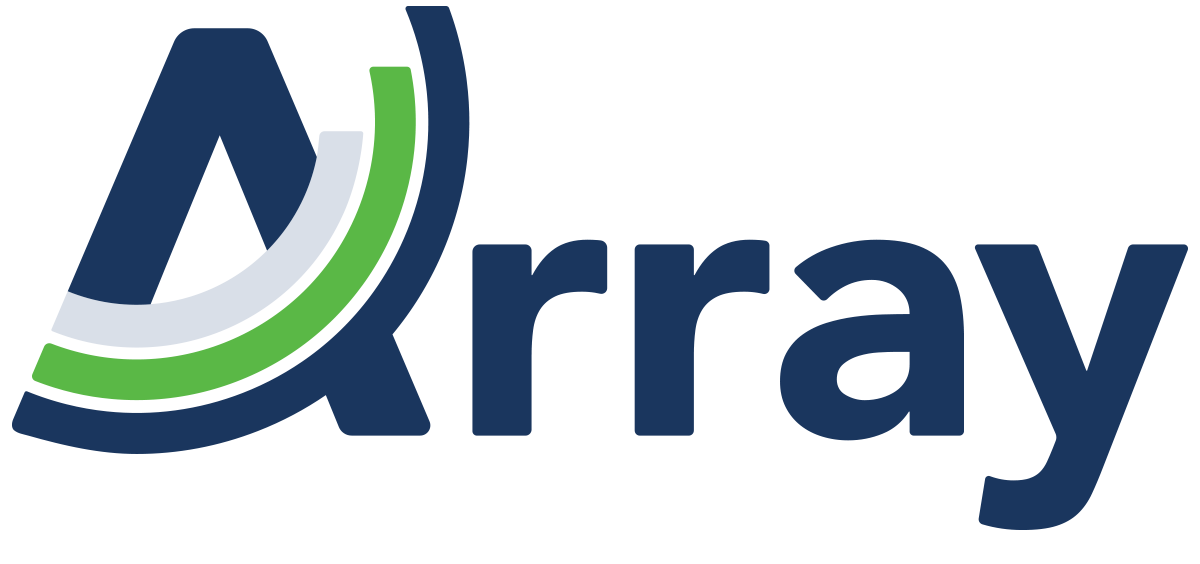Every week, the Array team reviews the latest news and analysis about the evolving field of eDiscovery to bring you the topics and trends you need to know. This week’s post covers the period of March 23-29. Here’s what’s happening.
Two Rulings, Two Perspectives on Discovery Negotiations
Michael Berman covers two recent cases on the EDRM blog that show the potential pitfalls of suspending negotiations on eDiscovery plans or ESI protocols and letting the court make a final ruling. As Berman writes, even if a party is right, it could lose a court ruling, and if the parties can’t reach an agreement, neither side may get what they want from the court.
First, he writes about Andersen v. Stability AI Ltd., a sophisticated matter in which the plaintiffs, a group of visual artists whose works were allegedly used to train a generative artificial intelligence (Gen AI) model called Stable Diffusion, brought a putative class action on behalf of other similarly situated artists alleging copyright infringement by the defendants, five companies that created and/or used Stable Diffusion.
The parties presented competing proposals under the headings of “Search” and “ESI Search.” The plaintiffs proposed a series of five subparagraphs that addressed disclosures, search methodology, search terms, hit reports, and validation, while the defendants proposed a single paragraph that focused on the selection of search terms and search strings. The court adopted the plaintiffs’ approach, in part, because it set parameters for a series of topics related to ESI search that will clarify and advance cooperation for purposes of ESI discovery. The court also resolved disputes related to the number of custodians per producing party, hyperlinks, privilege logs, and other issues.
In Andersen, because the facts of the case are complex, Berman writes, it may not have been possible to reach a negotiated agreement. The other case Berman writes about, Flores v. Guevara, offers a different perspective on negotiations.
The court writes: “[T]he parties figuratively have engaged in trench warfare, refusing to budge more often than not, lobbing shells at one another in the form of discovery motions and associated filings which span over 2,250 pages of discovery dispute filings.”
The plaintiff wanted two more years’ worth of files on top of three years’ worth that they were already receiving. The court pointed out the slim margin at issue in making its decision: “So, we are arguing over three years and 400 files versus five years and perhaps 666 files[?]”
The court also points out that neither side provides any support for their positions, for example, the plaintiffs don’t explain why 400 files aren’t enough to prove their claim or examples where cases were lost because a plaintiff had no more than 400 files. Similarly, the defendant provided no examples of cases it lost in which there were 400 files or fewer. “Neither side” produces any useful analysis, the judge writes.
The ruling was, essentially, a “split the baby” decision: “This is where being reasonable and compromising in good faith comes in. It’s not worth fighting over and it’s not worth further expenditure of judicial resources, especially over several cases. As there is no definitive answer and neither side has argued convincingly for one, and they have been incapable of agreeing to one, the defendant shall produce four years’ worth of files.”
Upcoming Webinar: Solving the Link Challenge in eDiscovery
Modern attachments, like links to Google Drive documents embedded in emails, are creating major risks in legal discovery. Join me and my Array colleagues Tracey Oldenburg, Thad Warren, and Brian Roberts on April 17 as we discuss the technical and legal risks of hyperlinked content, offer practical strategies to streamline your eDiscovery process, and introduce our latest solution to close these gaps. Click here for more information and to register.
Other recent eDiscovery news and headlines:
- E-discovery Hiring is Picking Up: ‘Everybody’s Gonna Sue Each Other’ (Legaltech News)
- Proactive E-Discovery Management of Text Messages (Daily Business Review)
Julia Helmer; Director, Client Solutions
With 15 years of expertise, Julia excels at optimizing enterprise eDiscovery workflows from start to finish. With a deep understanding of how to seamlessly integrate workflows across various eDiscovery platforms, Julia creates tailored solutions for data identification, legal holds, ESI collections, and productions. By harnessing the power of Technology Assisted Review and Analytics, she delivers efficient, cost-effective results that align with best practices and budgetary constraints. Julia’s exceptional communication and customer service skills have fostered strong, lasting relationships with both clients and Project Management teams, enabling her to effectively problem-solve and drive success across numerous projects.

